In the booming world of financial SaaS, AI is no longer just a buzzword—it’s rapidly becoming the foundation for user-facing automation, decision support, and document intelligence. But to deliver robust AI in real products, access to quality input data matters. That’s where the MCP server comes in.
MCP stands for Model Context Protocol, a new paradigm designed to enhance the data context available to the AI and allow it to perform actions across environments and applications. In an abstract way, MCP are like an API description optimized for LLM, making it easy for them to retrieve data from different sources and trigger different workflows. For financial software companies juggling accounting APIs, spend data, and compliance constraints, MCP servers offer a scalable, modular way to embed AI anywhere, with precision and peace of mind.
What is an MCP server?
An MCP server is a runtime environment that executes AI Agents requests for prompts, ressources and tools. These servers are capable of hosting, contextualizing, and running AI models (but not only) that follow the Model Context Protocol, which separates model logic from input/output plumbing and business logic.
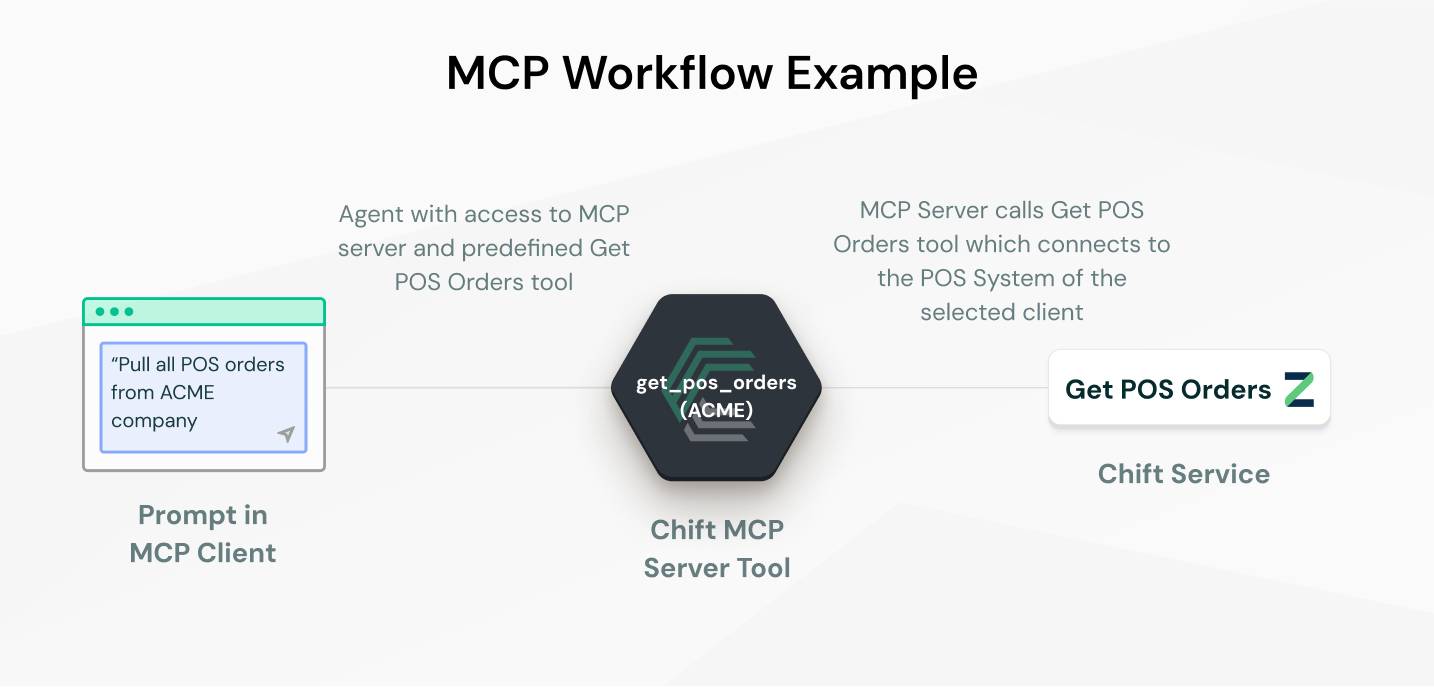
Think of MCP as a contract between your AI model and the outside world:
- Inputs are defined in a standardized schema (think: a JSON object with metadata and domain-specific fields)
- Outputs are also strictly typed and structured
- Contexts provide domain-specific execution instructions: e.g. "classify this document as a vendor invoice" or "categorize this transaction with French accounting rules"
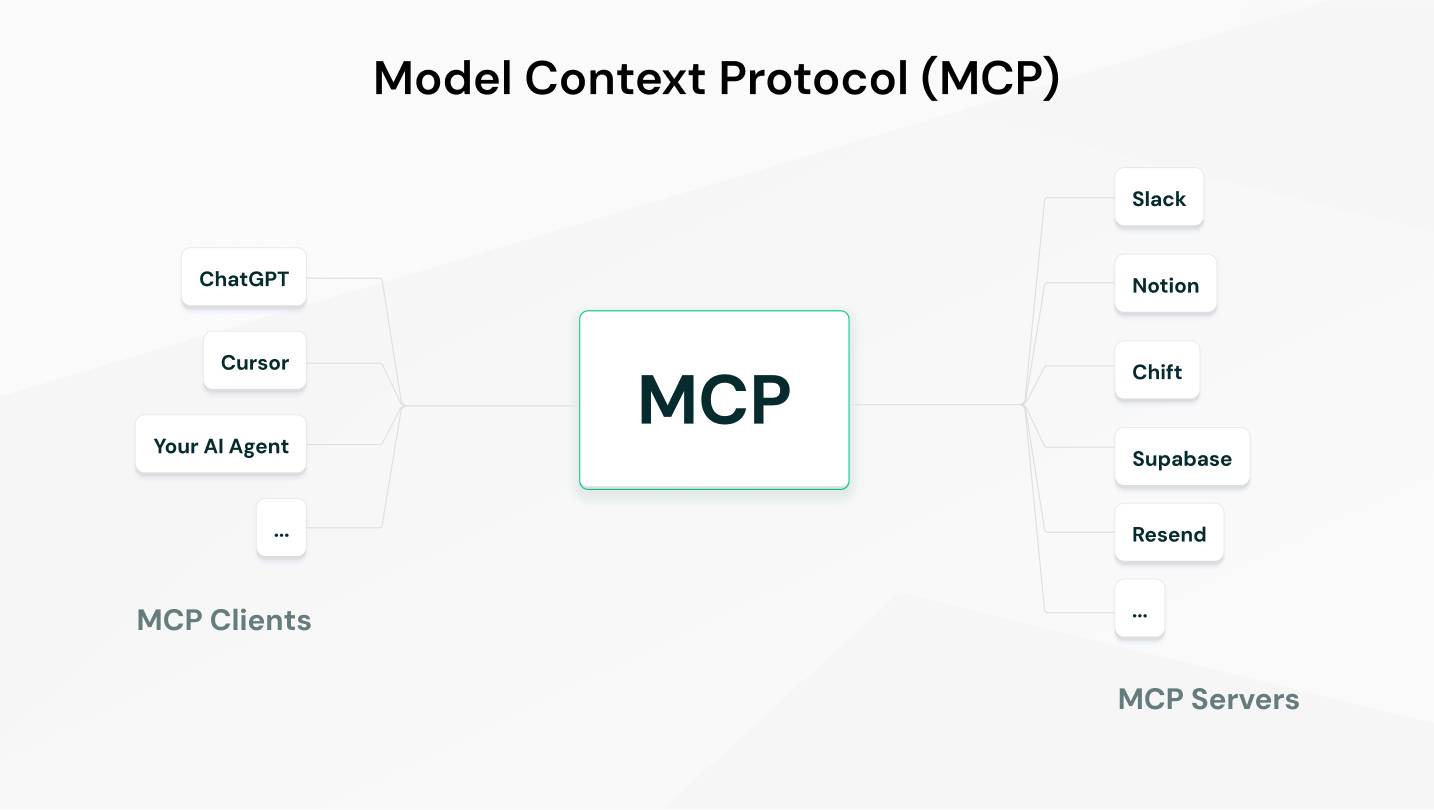
MCP servers make it possible to run models consistently across use cases, languages, and products. They handle:
- Model isolation (each tenant’s data stays secure)
- Context injection (passing the right domain rules to the model)
- Validation and logging (for observability and debugging)
Rather than building custom logic per integration, financial SaaS companies can rely on MCP servers to expose their models to trustworthy data sources.
What problem does MCP solve?
In financial SaaS, building AI features looks simple—until you try to ship them. Training a model to categorize expenses or read invoices is the easy part. The hard part is getting that model into production.
Without an MCP server, teams are stuck with messy, repetitive work:
- Standing up infrastructure for scaling, security, and load balancing
- Manually handling versioning, serialization, and backward compatibility
- Wrestling with compliance and data isolation
What should feel like a quick API call turns into months of engineering overhead.
MCP servers cut through that complexity. They provide a smart runtime layer that:
- Hides infrastructure and hosting details
- Lets teams version, test, and release models independently of the app
- Keeps models secure and access-controlled
- Adds observability with logs, monitoring, and anomaly detection
As a16z puts it: MCP is to ML models what Docker was to applications—a clean interface between the chaos of deployment and the simplicity developers want.
Popular use cases for MCP in financial SaaS
The strength of MCP lies in its flexibility and modularity. Here are some ways MCP servers are already being used:
1. Invoice data extraction
Instead of creating country-specific parsers, companies use a single model hosted in an MCP server that adapts based on context. Example: “Extract line items from a French B2B invoice” or “Parse an Italian e-fattura”.
2. Transaction categorization
Categorizing transactions using AI is hard because rules vary by region, industry, and user preferences. With MCP, a single model can serve all customers. Contexts handle the variation, not the model itself.
3. Accounting field mapping
When integrating financial data across systems (e.g. Shopify → Sage), models can suggest mappings or autofill journal entries, guided by the context provided by the target system’s structure.
4. Fraud and anomaly detection
Different businesses have different thresholds for what's "normal". Context-aware models can adapt their behavior based on sector, customer type, or past patterns.
At Chift, we integrate these models through our Unified API platform so that our clients don’t have to worry about the complexity behind the scenes. Models connect to data, data connects to workflows, and users get seamless, intelligent features.
How MCP fits in a modern AI architecture
Most AI infrastructure today resembles a messy web of fine-tuned models, preprocessors and postprocessors, custom API wrappers, and special-case logic for each client or country.
MCP simplifies this with a clean three-layer model:
- Model: Pure logic—transform structured input into structured output
- Context: Domain-specific logic—rules, constraints, configurations
- Runtime (MCP server): Secure execution, logging, schema validation, scaling
This clear separation makes it much easier to debug (you can quickly isolate whether an issue lies in the input, the logic, or the context). It also allows models to be reused across products and enforces stronger guarantees for security and data governance.
Much like GraphQL transformed frontend/backend interactions, MCP transforms the relationship between AI models and applications. And while it is not intended for large scale syncing, it excels at setting powerful workflows.
Why financial SaaS is the ideal domain for MCP
The financial software world is complex: there are dozens of standards to navigate, from GDPR and SOC2 to local tax regulations, all while handling sensitive data that leaves no room for hallucination.
These constraints make it risky to run "wild" models. You need structure, auditability, and modularity. MCP brings exactly that.
For example:
- A customer’s PII stays isolated. The context defines what the model can see and process
- Tax logic evolves without retraining models. Just update the context
- Results are predictable. Thanks to strongly typed schemas and testable contracts
In many ways, MCP servers bring the reliability of traditional software engineering to the world of AI inference.
Looking ahead: the future of AI infrastructure in SaaS
The emergence of MCP is part of a broader trend in AI infrastructure: a shift toward modular, interpretable, and safe systems. A few signals of this trend:
- The rise of guardrails frameworks like GuardrailsAI and Outlines
- Tools like Traceloop and Langfuse making AI observability mainstream
- Industry-specific platforms like Chift adapting AI to real-world use cases
In this future, AI features will feel like Lego bricks: composable, explainable, and secure by default. MCP is the standard making that possible for model execution.
For teams building financial SaaS, adopting MCP early offers a competitive edge: faster feature velocity, safer AI usage, and long-term maintainability.
What to look for in an MCP solution
Not all MCPs are created equal. For teams building regulated or sensitive financial software, here are the top features to look for:
- Data residency and privacy compliance (GDPR, ISO27001, etc.)
- Role-based access control for model usage
- Model routing and load balancing to avoid downtime
- Multi-versioning for testing and rollback
- Encryption at rest and in transit
- Support for open-source and proprietary models
At Chift, we built our own internal MCP to handle financial data with strict isolation between workspaces. Each customer’s models only process their own data, and we log every call for observability and debugging. It’s AI infrastructure with the trust and security financial SaaS requires.
Don’t ship AI without a runtime plan
Building AI features in financial software is no longer a nice-to-have, it’s expected. Whether you're adding invoice scanning, automated accounting, or smart insights, MCP servers are the glue that holds your AI stack together.
MCP servers offer a structured, scalable, and secure way to bring AI into your financial SaaS product, without sacrificing control or compliance. They bring together the best of ML flexibility and software discipline.
And with tools like Chift providing MCP infrastructure baked into our Unified API platform, you can go from idea to production in days, not months.
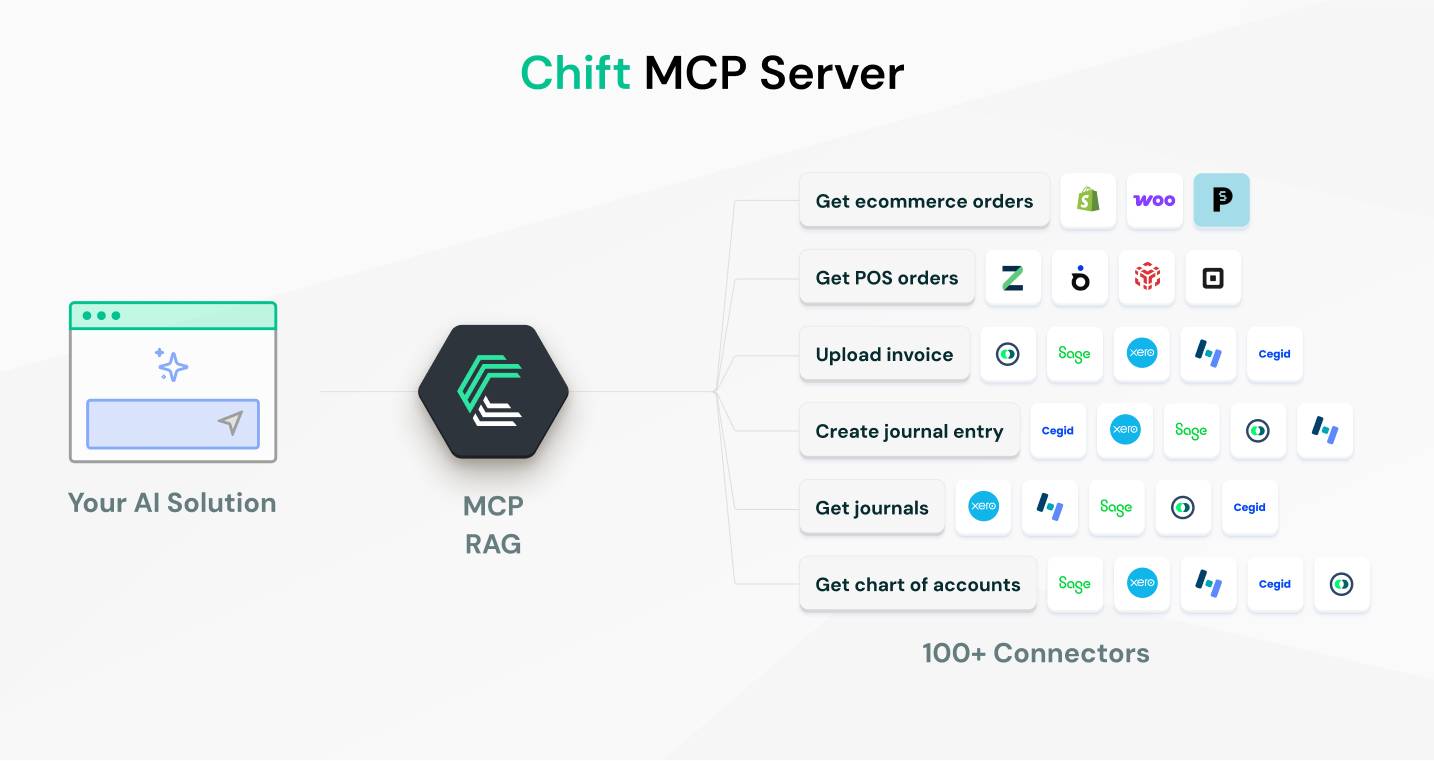
Want to see what an MCP-powered integration looks like? Check out Chift for AI or browse our technical docs. We’re building the future of financial SaaS.
.webp)
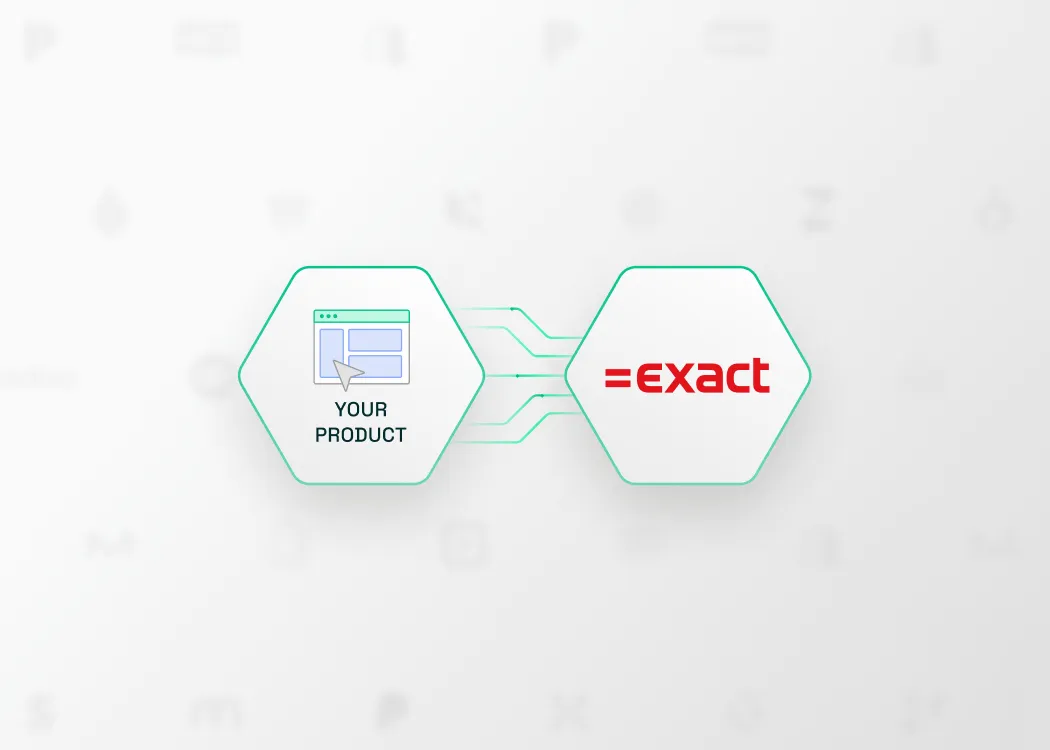
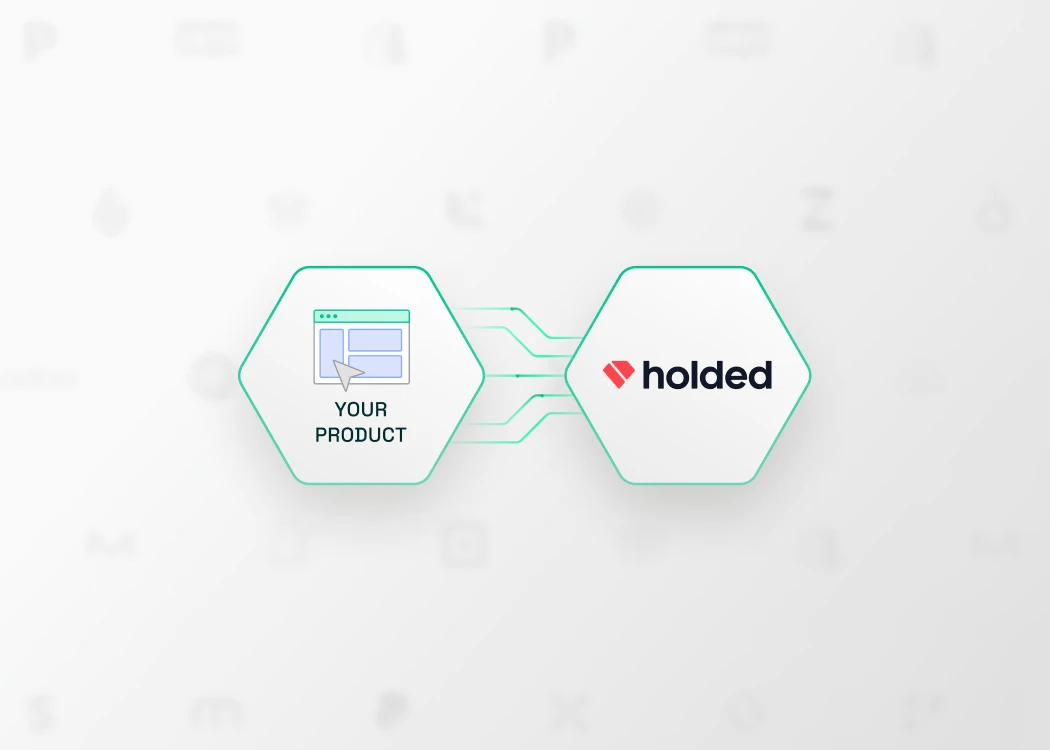

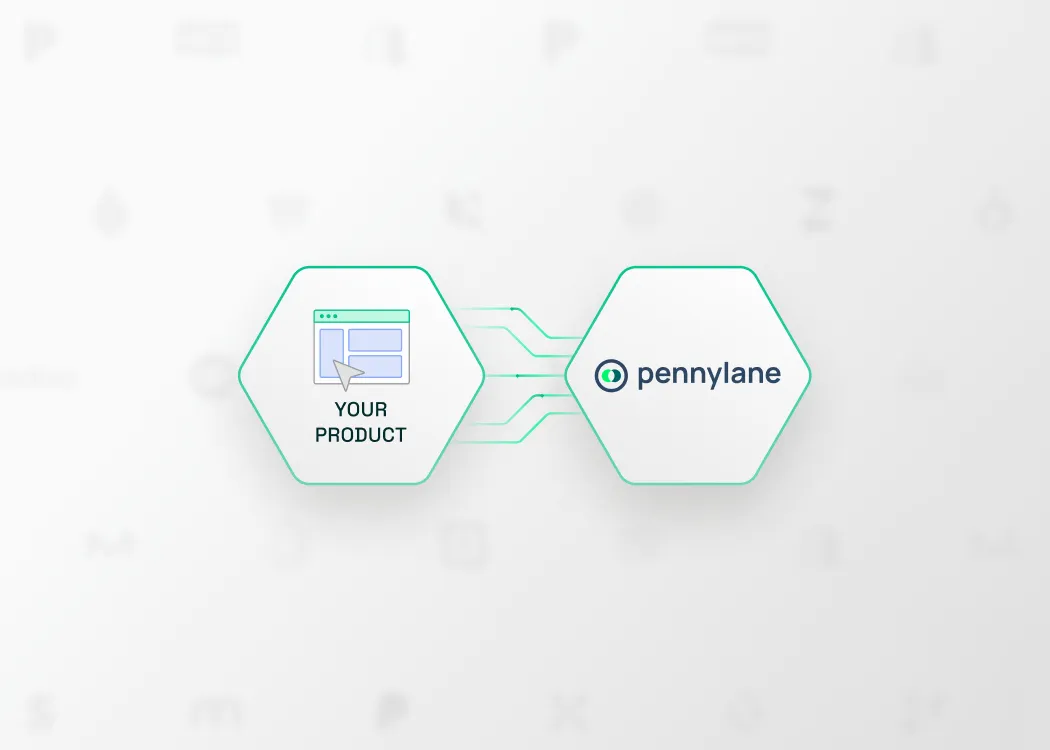

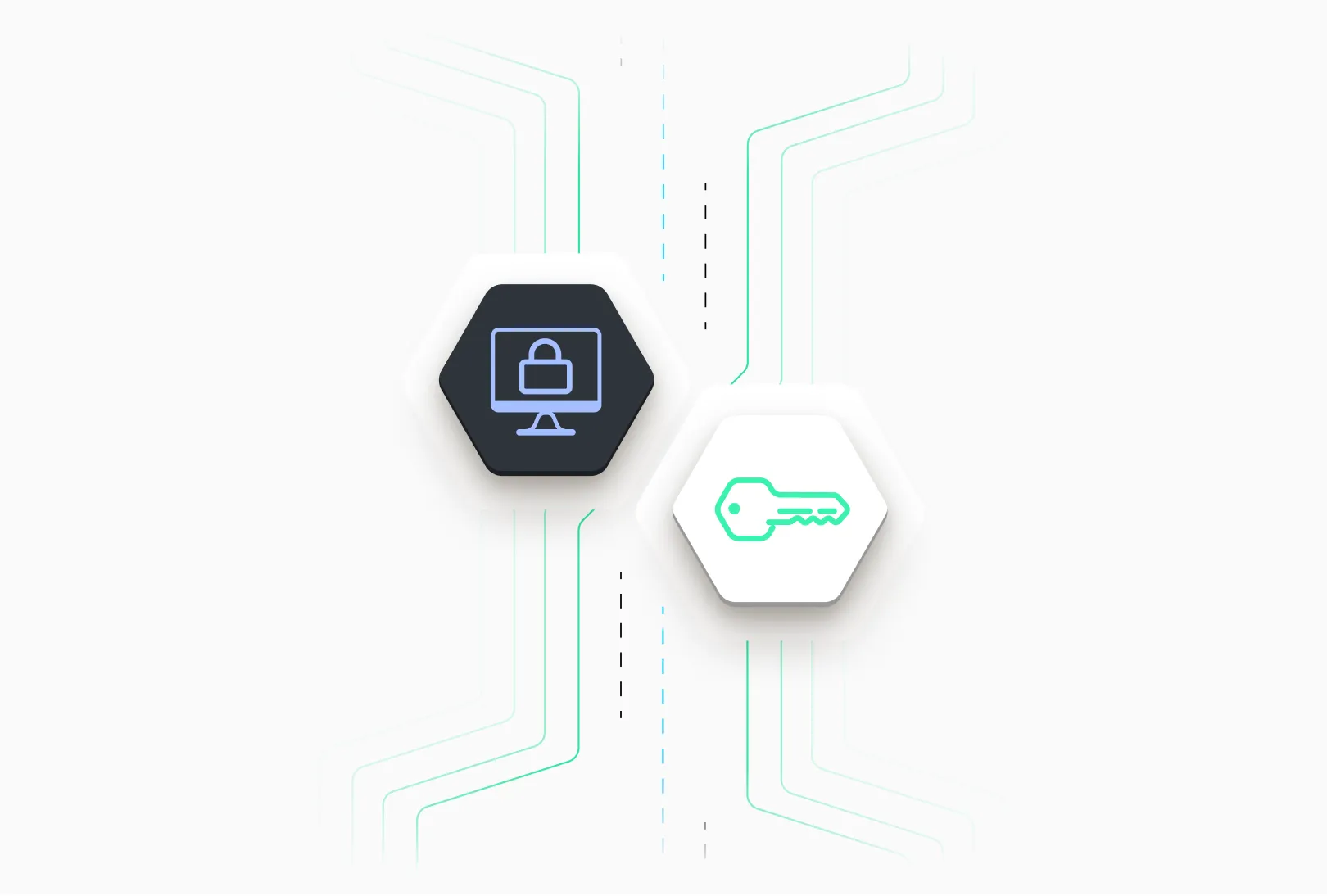
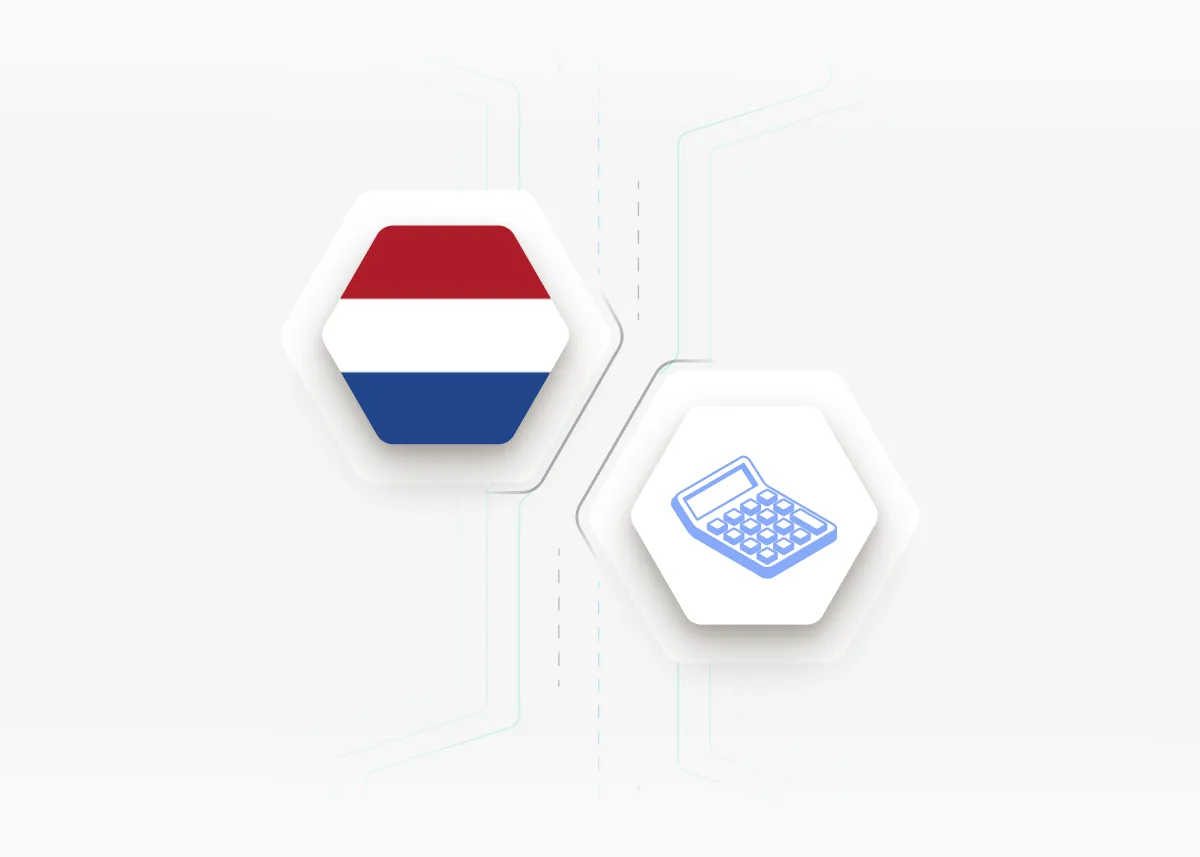
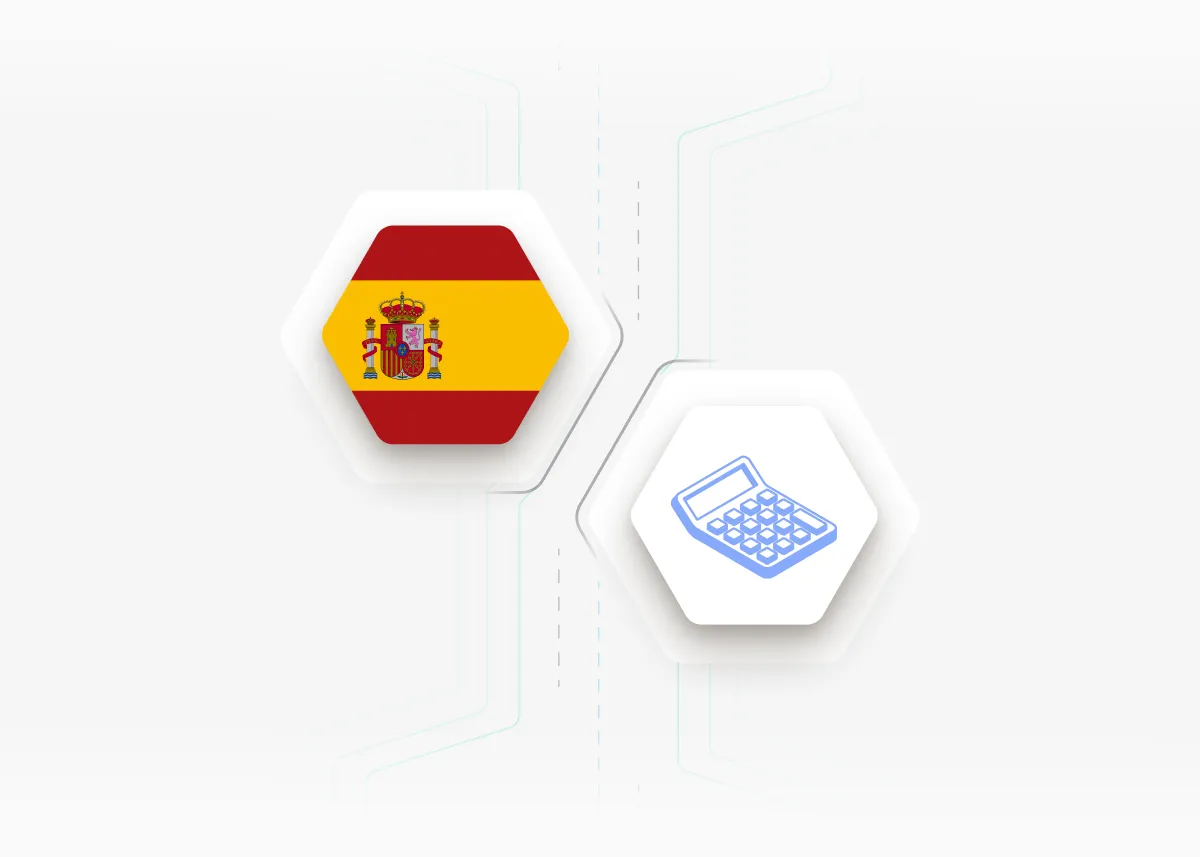

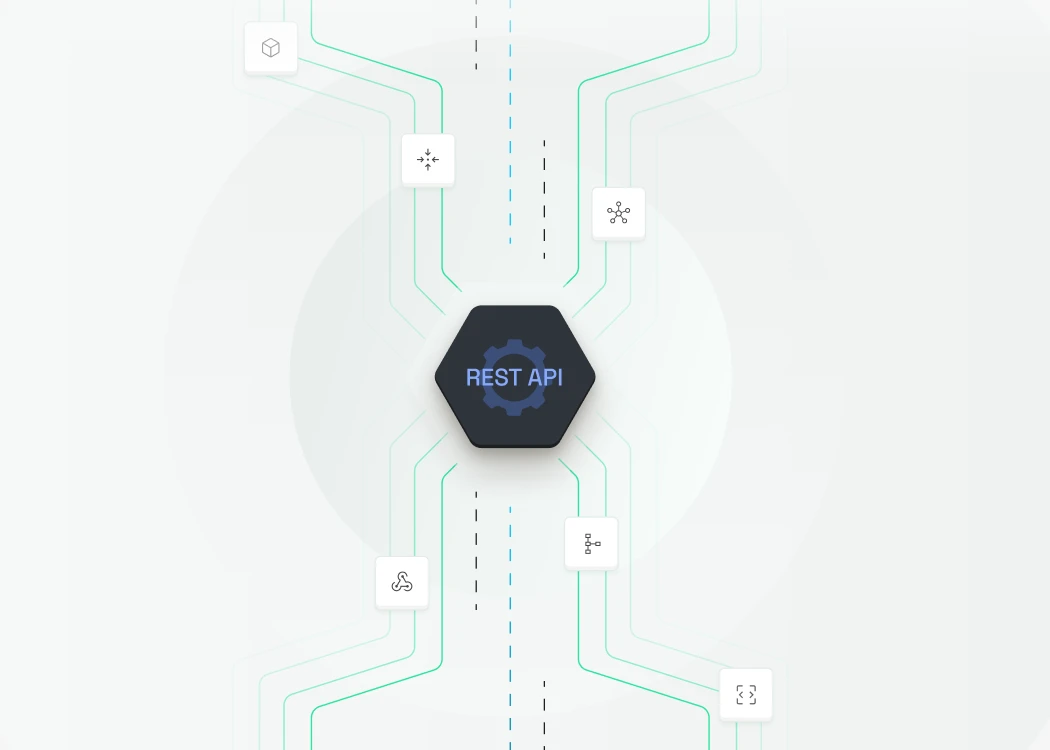
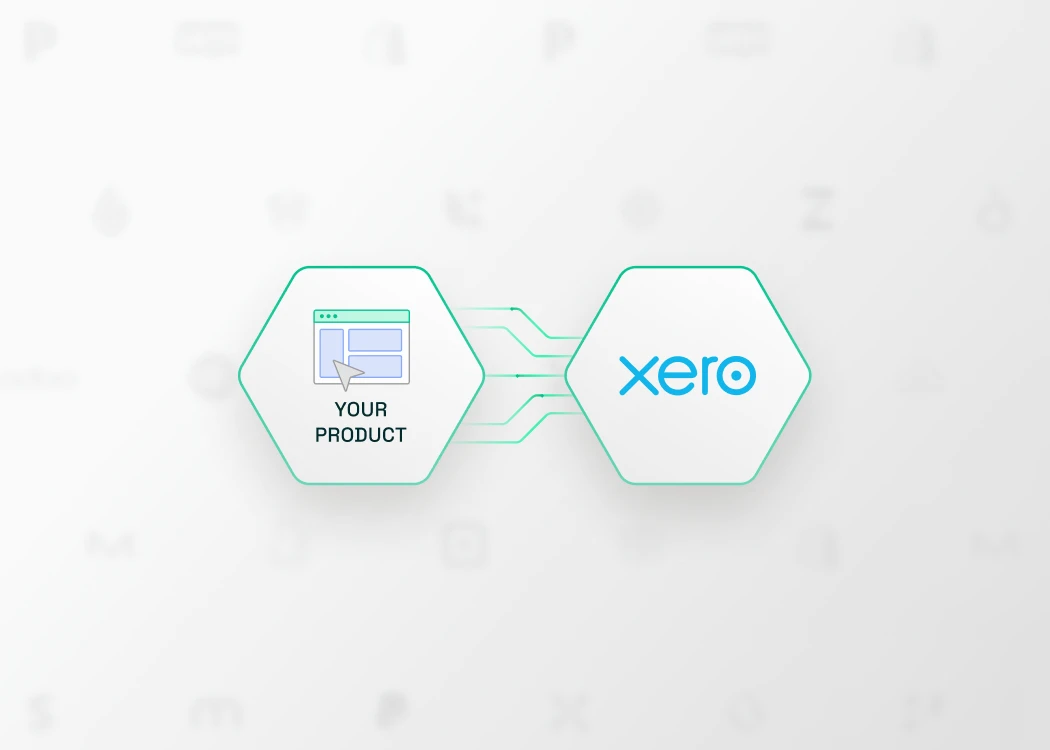



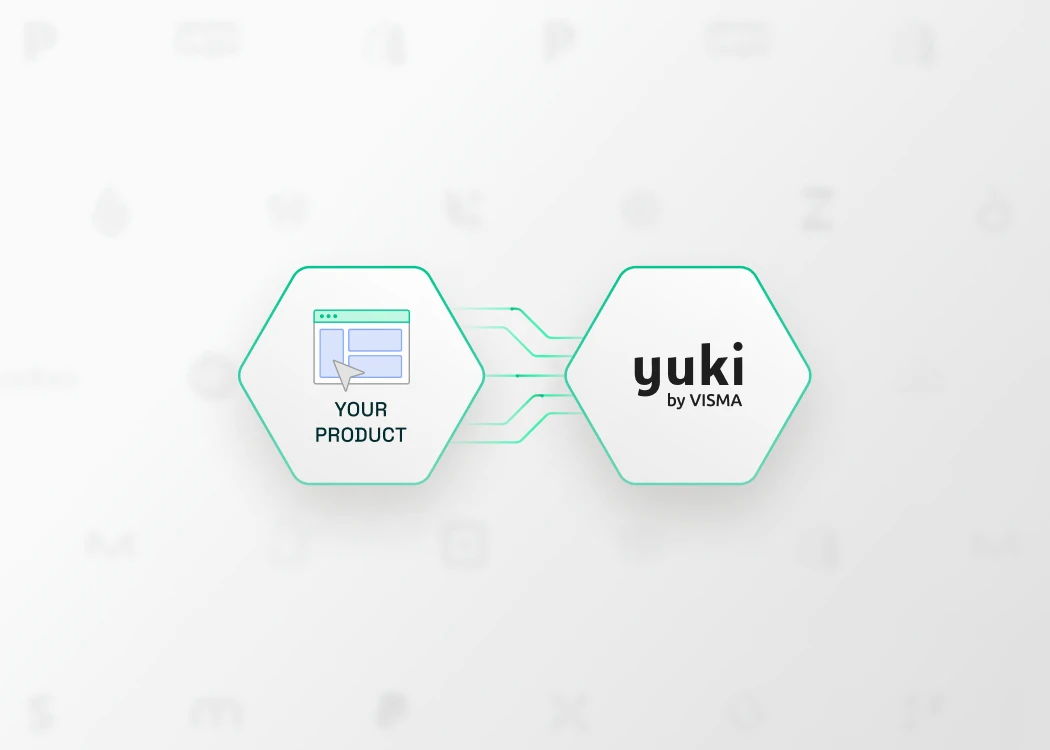





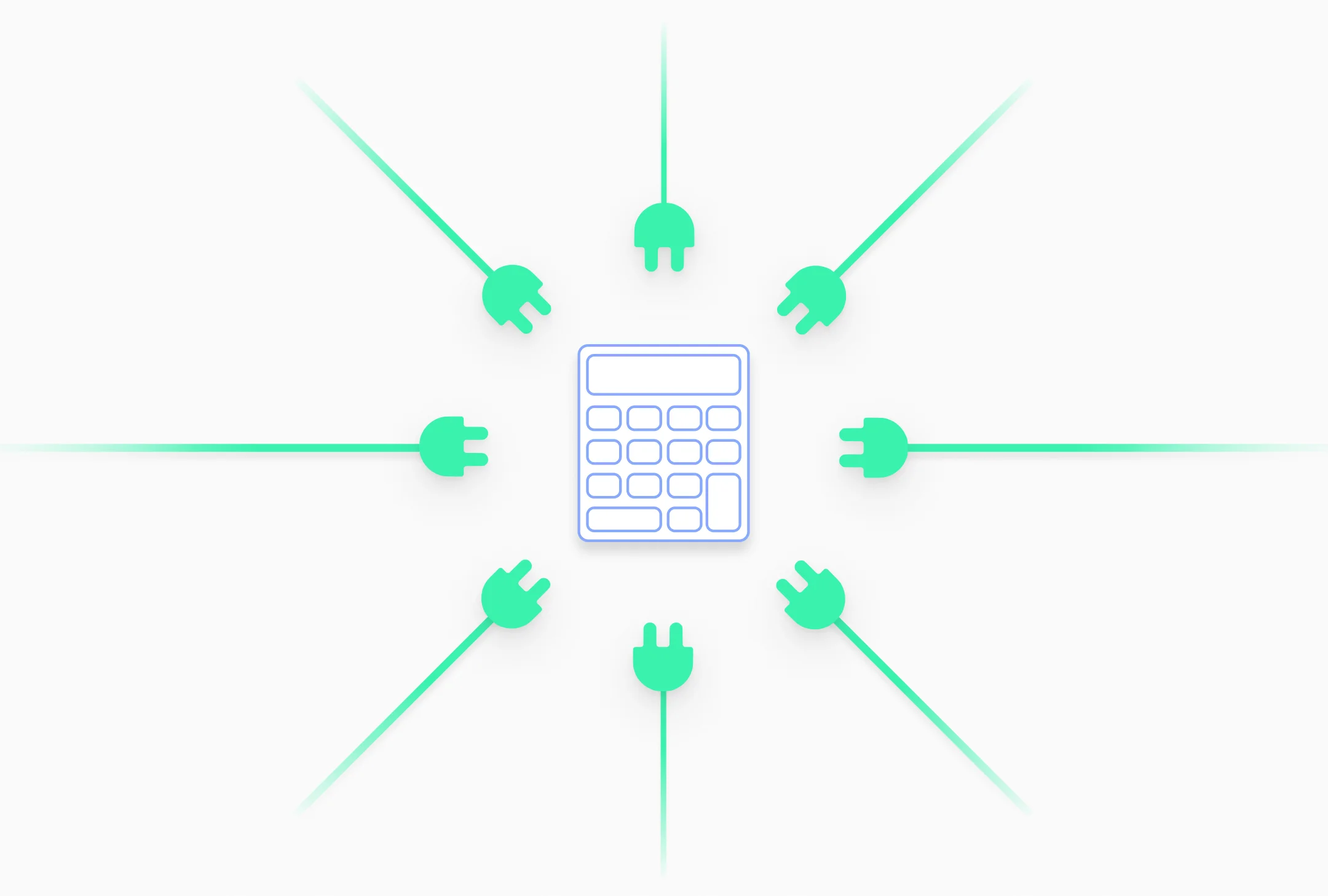
.avif)



